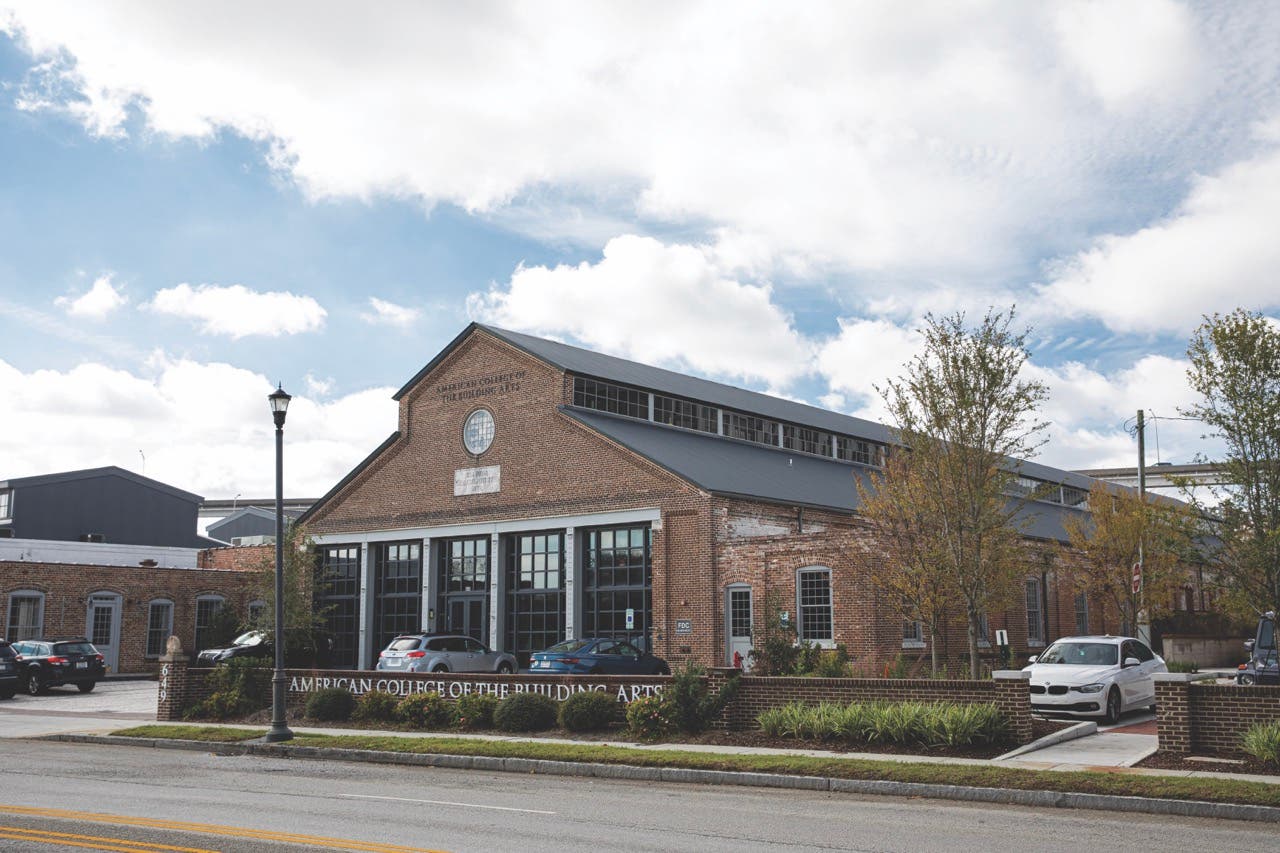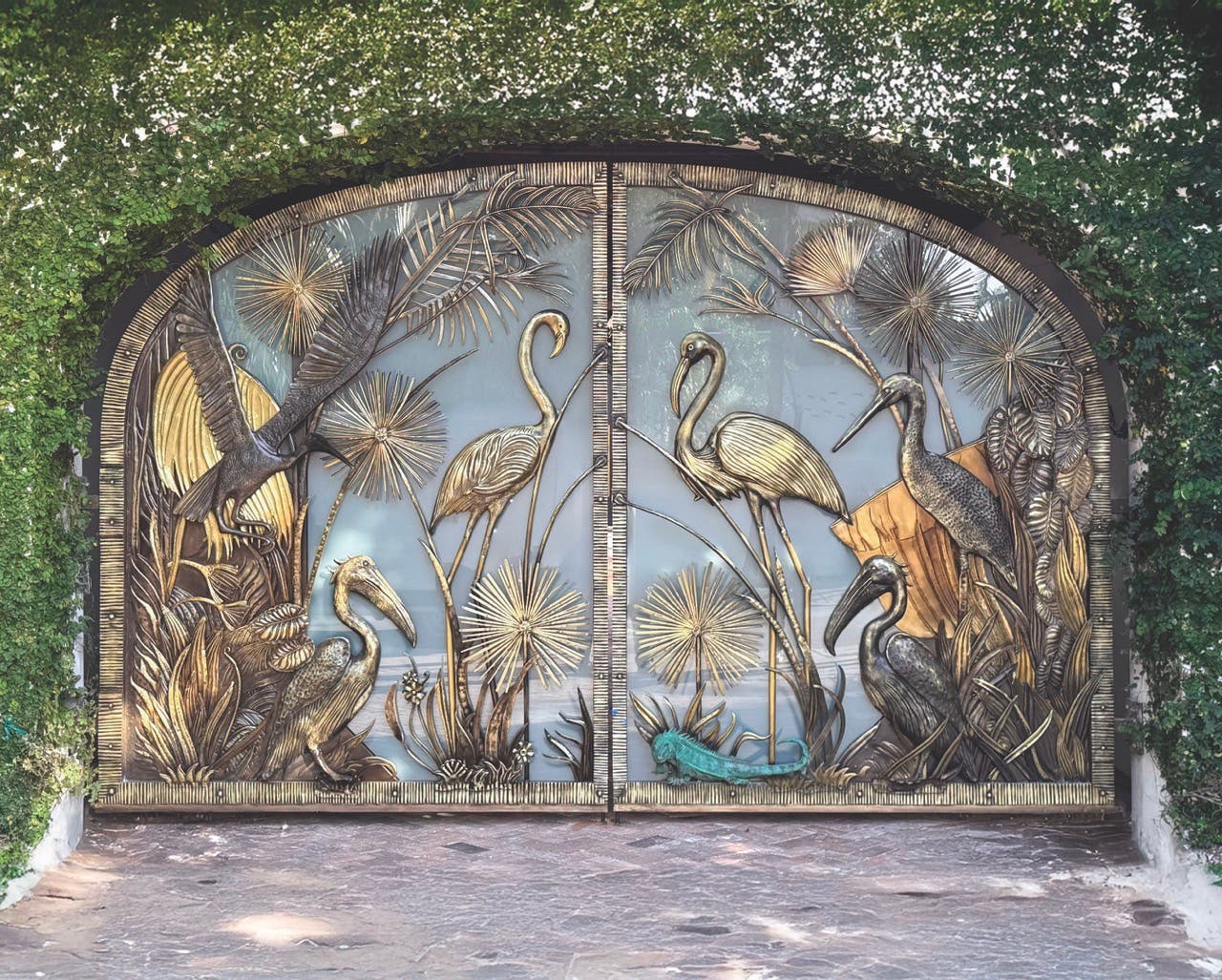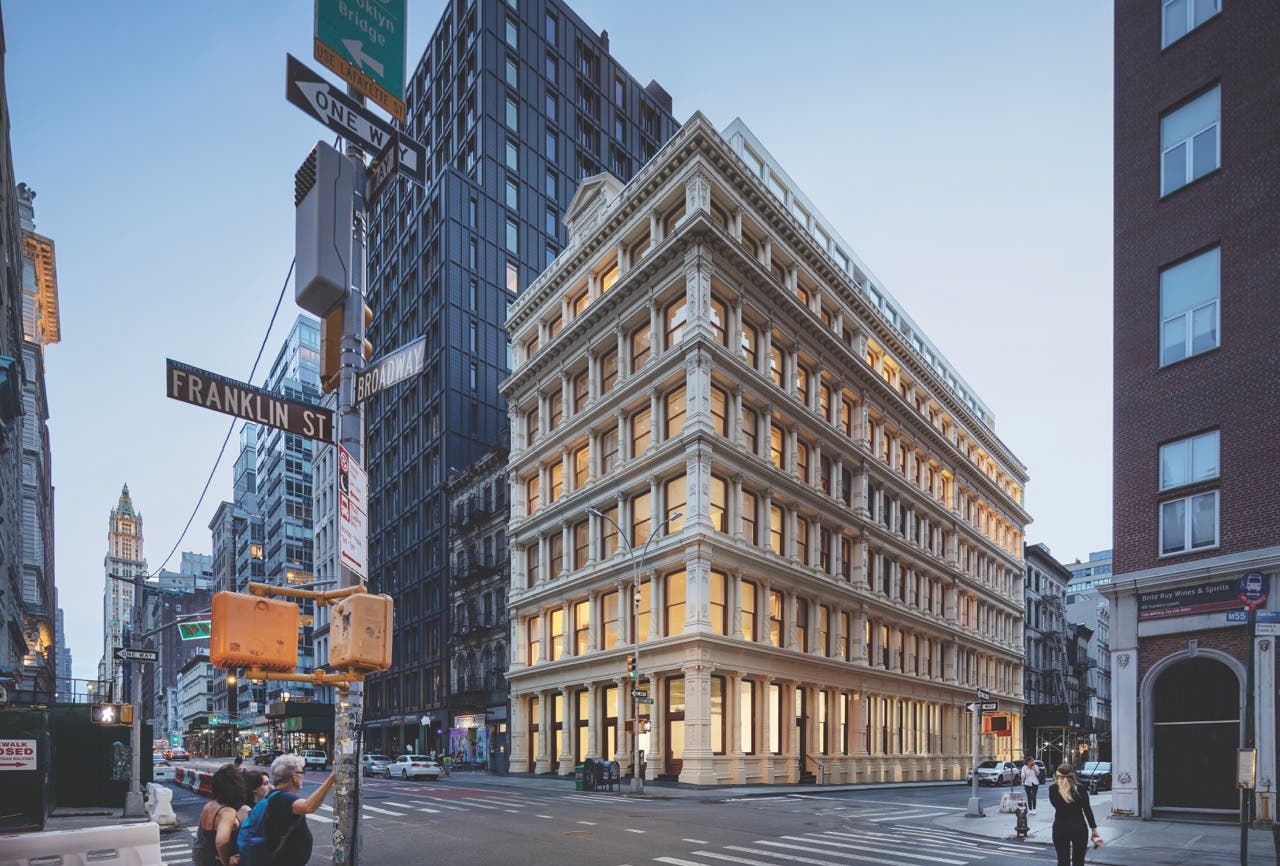
Features
The 25 – Emily Bedard
Through her work at the renowned custom plaster studio Foster Reeve & Associates, award-winning sculptor Emily Bedard has introduced ornamental plasterwork to a new generation of homeowners and has encouraged craftspeople to enter the field.
Bedard, the company’s creative director, works with leading architects around the country, including Robert A.M. Stern and Peter Pennoyer.
A fellow of the National Sculpture Society, she’s the recipient of the 2017 Award for Emerging Excellence in the Classical Tradition and the 2015 Stanford White Award for Craftsmanship and Artisanship from the Institute of Classical Architecture & Art.
Bedard, who joined a fellowship of Next Generation Leaders with the White House Historical Association in 2022, has received other laurels, including the 2014 Dexter Jones Award for Excellence in Bas-Relief and the 2009 Lyme Academy Award for Excellence in Sculpture.
“We all want to bring beauty into our lives, and designing it into our walls and ceilings is a fine way to do it,” she says. “At Foster Reeve, giving this type of work a space to exist and thrive in contemporary construction is the greatest impact we can hope for.”
Although many people consider traditional sculpture “an old-world commodity,” Bedard says that “it’s alive and well” and “once clients see what is possible in the studio and on past projects, it opens their imaginations to the possibilities of integrating sculpture into the environments of their own private and public spaces.”
Bedard’s work combines her two passions—sculpture and architecture.
“When artwork is integrated into the architecture, the environment becomes a dominant component,” she says. “Using architecture as the base for a sculpture forces the artist to think about the character of a space and how their work will influence the feelings of those who spend time in that specific space on a daily basis. Historically, the collaborative relationship between architect and artisan was critical to the success of a building, and I want to be part of strengthening that relationship in contemporary design.”
She says it’s critical that master craftspeople pass their skills to newcomers because “they have a unique training that cannot be learned in books or at conventional art schools. I see this type of work gaining popularity every day, however, if craftspeople are not available to produce the work, we are at risk of being compromised to lower quality production and design or simply not being considered at all.”
Also see:
Crowning Touch — An in-depth look at the artistry of decorative plasterwork with sculptor Emily Bedard.









